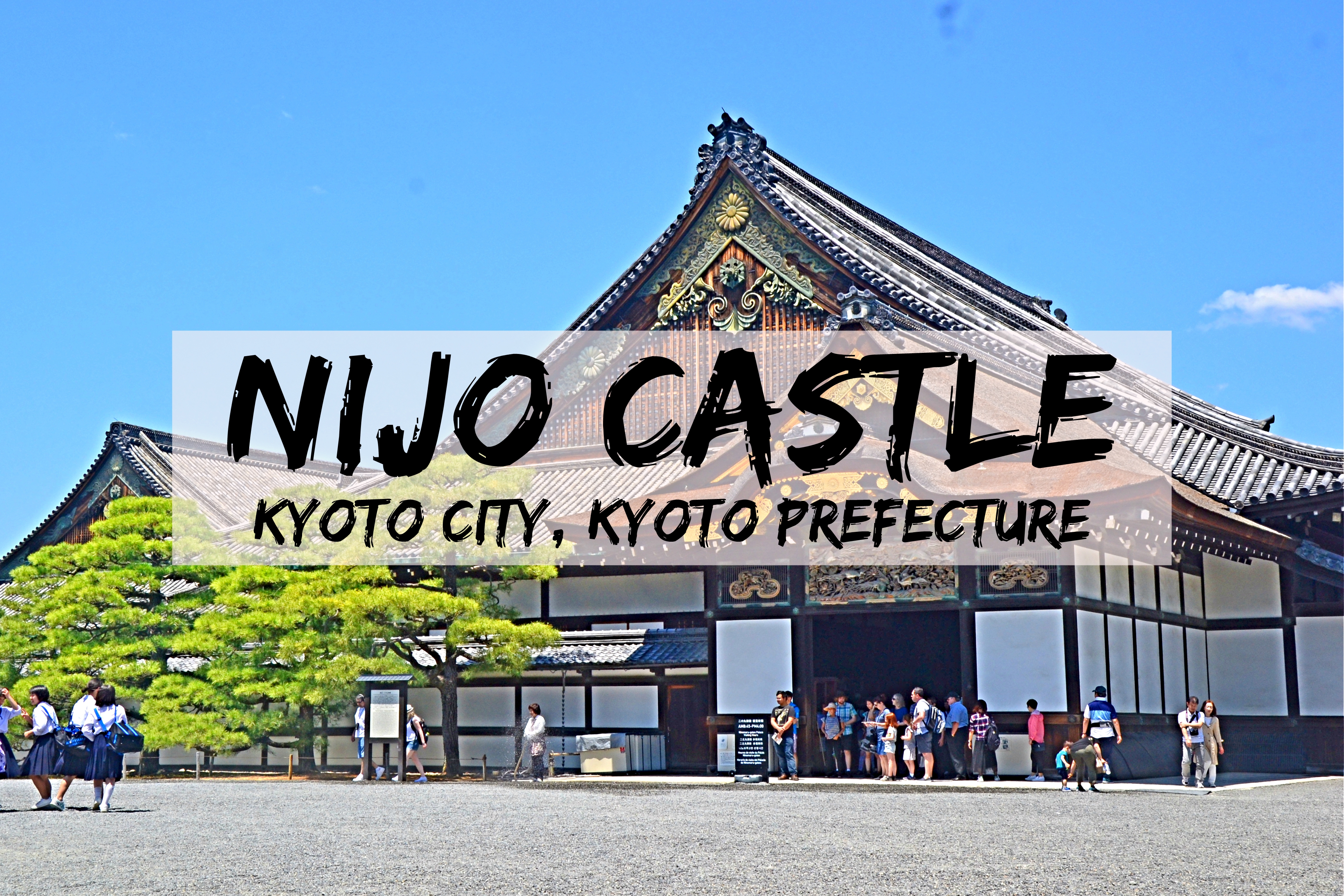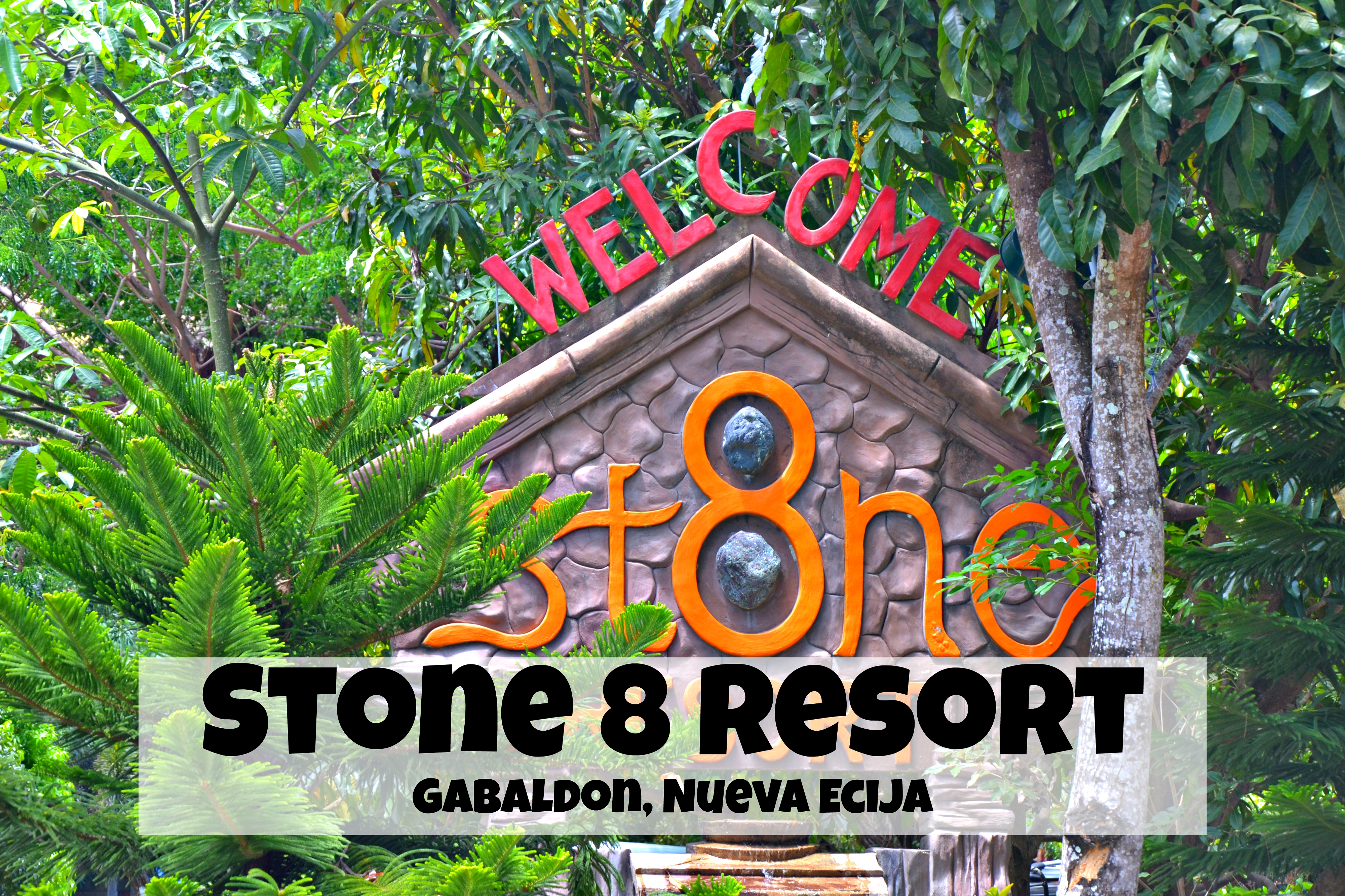Food Trip: Maruya
Since the Philippines is a tropical country, banana trees grow abundantly in every corner of the country. What else would Filipinos do with the abundance of these fruits? Create wonderful dishes with them of course. As you see, we Filipinos love cooking and eating. We cook almost everything including fruits.)
 |
| Maruya |
One of the dishes made from bananas is the traditional dish called maruya. Also called Saba banana fritters after the variety of bananas used in the dish -the saba. A maruya is simply described as a fried dish of sliced saba banana mixed and coated with an egg-and-flour batter.
So what do we need to make a maruya? I interviewed local maruya makers in the province of Albay to find out (if they have secret ingredients) Here's what I found out:
Maruya Ingredients:
- ripe saba bananas
- egg(s)
- all-purpose flour
- vegetable cooking oil
- salt
- milk
- cocoa leaf
- sugar
Here are the maruya cooking procedures:
 |
| Choose the right saba |
 |
| get some cacao leaves (if possible) |
 |
| Add the batter |
 |
| Place them in hot oil |
 |
| Remove the leaf |
 |
| Wait for it to turn golden brown |
- Peel the saba bananas. Slice it vertically without cutting it in half (it's better that way than the traditional half banana maruya). By now it should look like a butterfly with its wings wide open.
- Prepare the batter. Beat the egg in a bowl. Afterward add the salt, milk and flour, and baking powder. Stir it until the batter is smooth.
- Dip the saba bananas in the batter. Make sure that the bananas are all covered with the batter. Scoop the bananas and place them on the banana leaf. The leaf would help you place the bananas in the boiling oil later.
- Heat the cooking oil in the pan.
- Fry the bananas (don't forget to remove the cocoa leaf. It's not part of the maruya.)
- Remove the cooked banana from the pan and place it on another banana leaf. This time to drain the oil.
- Chow time. This is where the sugar comes in. Some prefer to use the sugar as a dip while others prefer the sugar as a seasoning to the maruya after cooking. (Do whatever you want with it!)
 |
| The maruya is now ready to eat. |












Comments
Post a Comment